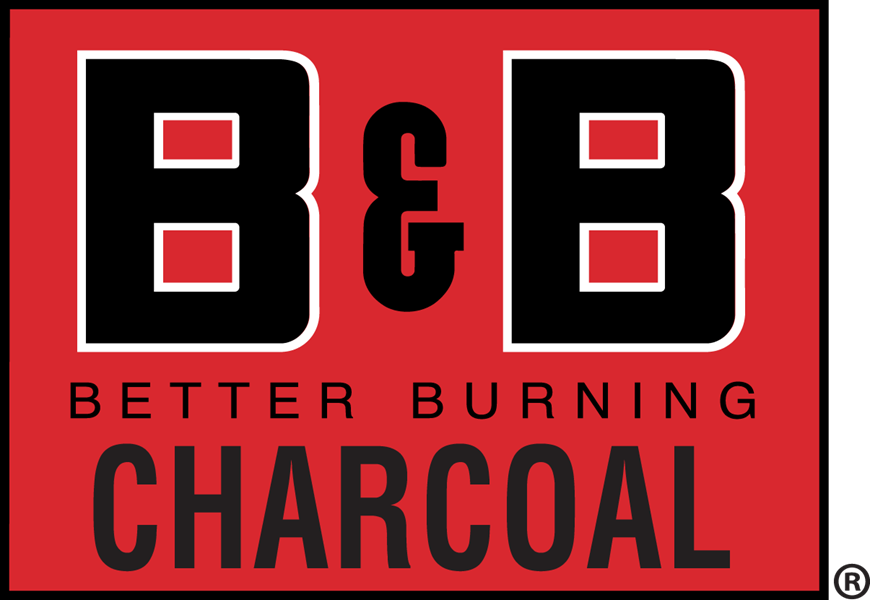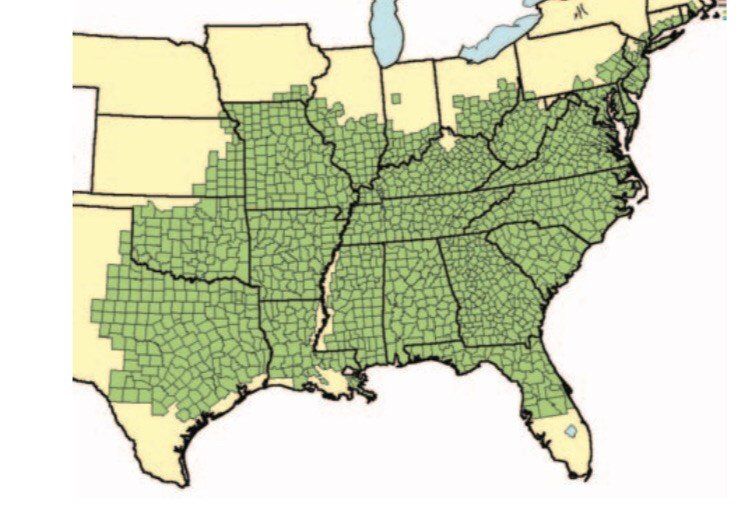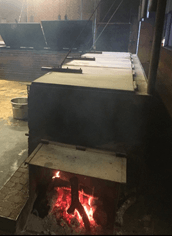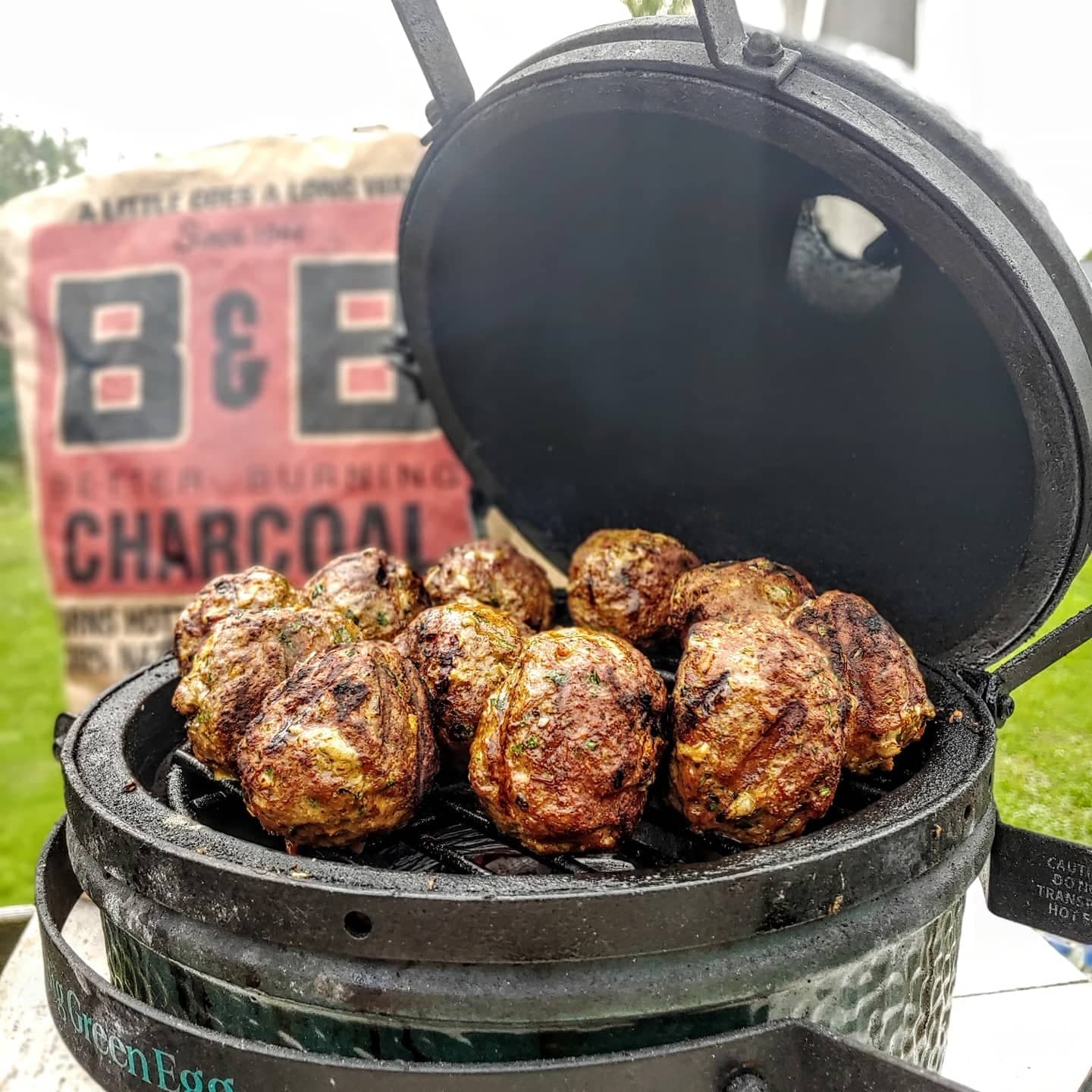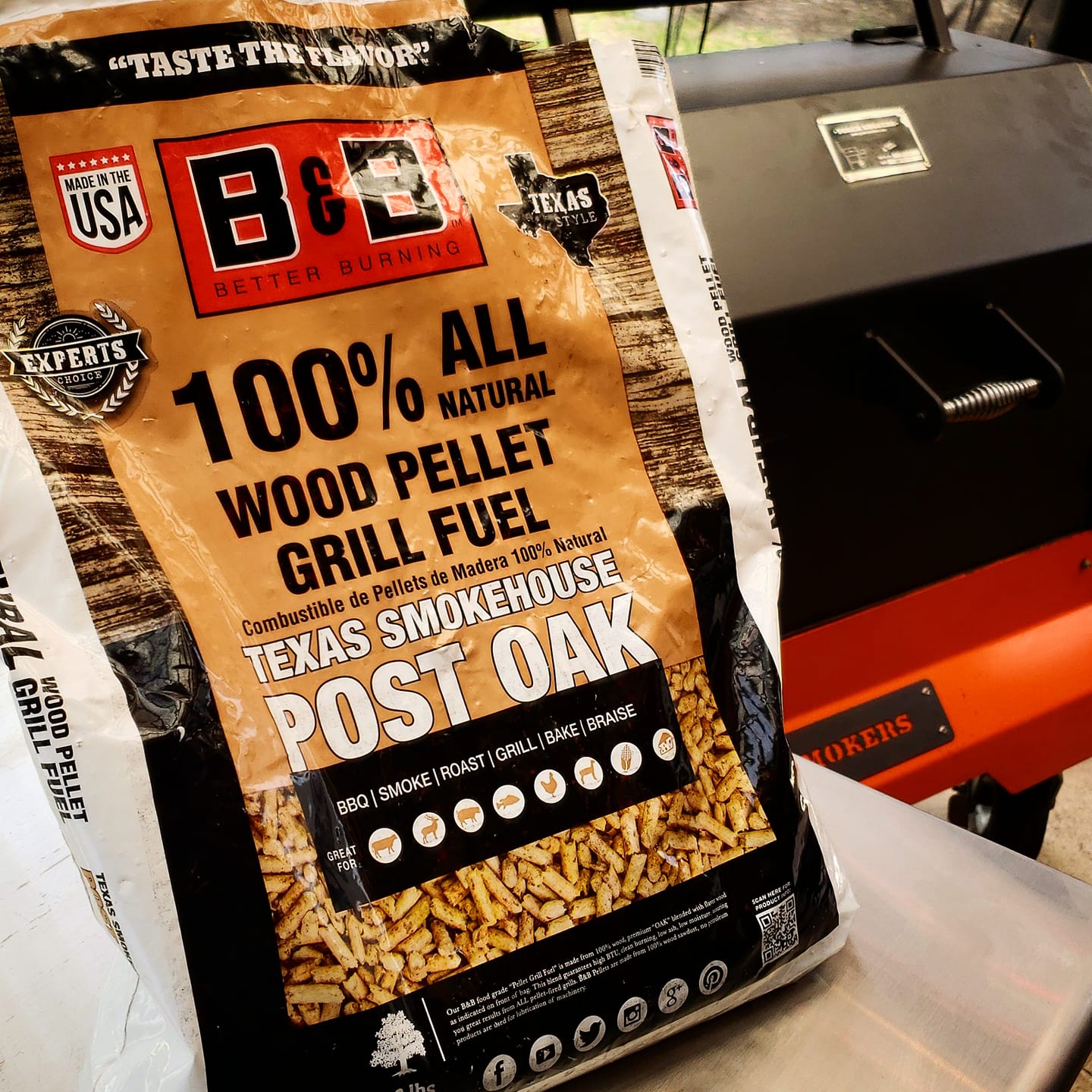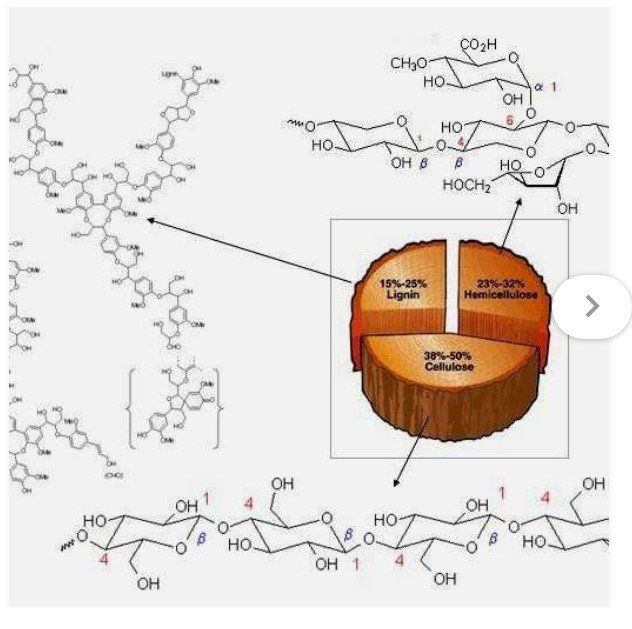IS POST OAK THE KING OF 'CUE?
Contributor: B&B Charcoal
Posted: April 19, 2021
Post Oak originally got its name from western cattle ranchers in the early 1800’s. They needed strong and straight wood to make the fence posts to keep cattle in. The branches and wood from the local oak trees worked very well and became collectively known as Post oak wood. Post oak wood is a very durable and is highly resistant to rot and decay and can last for decades. Post Oaks’ strong branching habit makes it resistant to damage from wind and ice and easy to identify during winter months when the ranchers would stockpile their materials. After the ranchers cut the limbs and trees to make the fence posts, they would use the scraps to fuel campfires and cook their meals over. Post oak will give you consistently high heat and add a slightly spicy smoke flavor to your food. It has a very distinctive smell and mixes well with larger cuts of beef like brisket or beef ribs. The Post Oak smoke profile has been synonymous with Texas Barbecue for over 100 years.
Post Oak or Iron Oak (Quercus Stellata) is found from mid-Atlantic to the south-east and into Texas. These trees are drought resistant and grow well grow in the sandy iron rich soil of Kansas, Oklahoma, and Texas. Because of the harsh arid conditions in the southwest the trees and plants that grow in this cross-timber region will be very strong and became known as the ‘forests of cast iron’. Post Oaks can grow in tough, rocky conditions and can survive scorching summers, bitter cold fronts, and are very drought tolerant. Post Oak naturally hybridizes easily with many other species which makes it difficult to generalize. There are a variety of species of oak trees in the region that include the Sand Post Oak (Quercus margaretta), Blackjack Oak (Quercus Marilandica), Swamp Post Oak (Quercus Similis) that share the post oak name and characteristic strength.
Because so many people are working from home and the availability of restaurants is still severely limited there has been a literal explosion of outdoor cooking. With the increased outdoor cooking activity comes an increased focus of all things BBQ. Everything from grills to meats to fuels has undergone revitalization of interest. Post Oak wood flavor is a great example of regional barbecue style and taste. Many people in south Texas also add cherry wood chunks near the end to give your barbecue a deep red look and sweet tangy tasting finish. Currently Texas style brisket is considered the epicenter of barbecue, so post oak could very well be the reigning King of the grill.
You can add the legendary Texas flavor to your outdoor cooking adventure by using logs, chunks, chips, pellets, made with 100% post oak. And for lesser degree of smoke use lump charcoal or charcoal briquettes made of 100% Post Oak wood.
The type of wood or charcoal you use will make a difference.
What’s up with wood and why do Pit Masters make such a fuss over specific species anyway, does it really matter?
Scientifically and sensory speaking, yes it matters and makes a difference.
Few things can be as important to the flavor of your food than the fuel. The charcoal or wood you choose will directly affect the color, taste, and texture of your meal. Charcoal and wood are the last ingredient but the first flavor you perceive. You can smell that smoky goodness long before you take a bite. Not all charcoal and wood are created equal, the quality and species of the wood will make a difference in the food you prepare.
When wood is burned it releases tiny particles that are both visible and invisible. The larger compounds that can be seen are known as smoke and the smaller unseen compounds are called fumes or gas. The combination of these particles surrounds and is absorbed into the food you cook. They will change the way the food looks, tastes, and feels. Different wood will affect your food differently.
Thermal combustion of different types of wood combined with the environment you cook in will alter the appearance, flavor, and texture of your food. Most of the structural material in hardwood is cellulose and hemicelluloses which are held together by lignin and tannins. The smoke and fumes from a wood fire is mostly levoglucosan and can contain up to 200 different compounds. Plant cellulose is a sugar compound and when heated caramelizes and releases a sweet flowery and fruity smell. The heated compounds also form carbonyls which are brownish and responsible for most of the color of smoked food. The lignin is a phenolic compound and when it is heated will form guaiacol and syringol which will have a smoky, spicy, and pungent smell and taste. Post oak contains 40–45% cellulose, 20–25% hemicellulose, 25–30% lignin, and 8–15% tannins.
When the smoke settles on the available surface area these compounds are transferred to the food. During the cooking process the convection currents within the food will move these compounds from the surface into the center of food. The heat and acids inside the food breakdown and transform these smoke compounds into colors, tastes, and textures.
Barbecue is an American original and very regional cuisine*. The first Spanish explorers noted the use of different types of wood used in different areas for different meats as early as 1536. Barbecue changes every 50 miles or 50 years you travel. Like wine or style of pizza, the regional sourcing of the freshest ingredients combined with the varying cultural backgrounds will make a difference in food preparation and taste. The best way to get to know the people and history of an area is to eat local.
*The slow roasting of large cuts of meats over a smoky fire was first witnessed in 1496 by Columbus on his second voyage. Native Americans did not use metal grates but instead placed wood grids called ‘barbacoa’ high above the fire to prepare their food. Barbecue is the anglicization of the Spanish word barbacoa.
